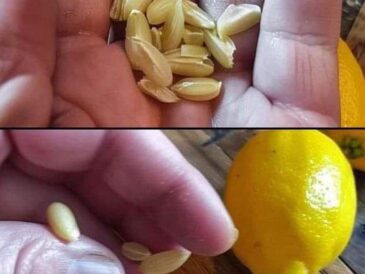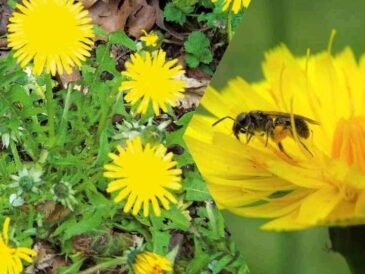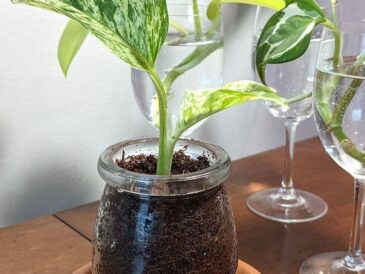Cucamelons, also known as Mexican sour gherkins or “mouse melons,” are bite-sized fruits resembling miniature watermelons with a refreshing taste that combines cucumber and a hint of lime. These tiny exotic fruits are not only adorable but also packed with flavor and nutritional benefits. Perfect for snacking, pickling, or garnishing cocktails, cucamelons are a unique addition to any garden. Let’s dive into how to grow cucamelons for bountiful harvests and explore their many culinary uses.
What Are Cucamelons?
Cucamelons (scientific name: Melothria scabra) are native to Mexico and Central America. Despite their watermelon-like appearance, they are more closely related to cucumbers. These hardy plants are highly resistant to pests and thrive in various climates, making them an excellent choice for gardeners of all skill levels.
Why Grow Cucamelons?
- Low Maintenance: They require minimal care once established.
- Pest-Resistant: Unlike regular cucumbers, cucamelons are rarely bothered by common pests.
- Nutritional Benefits: Cucamelons are rich in fiber, antioxidants, and vitamins A and C.
- Versatile in the Kitchen: Their unique flavor profile makes them suitable for a wide range of recipes.
How to Grow Cucamelons for Big Harvests
1. Starting from Seeds
- When to Plant: Start seeds indoors 6-8 weeks before the last frost date.
- Soil Preparation: Use well-draining, nutrient-rich soil with a pH between 6.0 and 7.0.
- Planting Depth: Sow seeds about 1/4 inch deep in small pots or seed trays.
- Germination: Keep the soil moist and warm (70-75°F); seeds typically germinate in 7-14 days.
2. Transplanting to the Garden
- Timing: Transplant seedlings outdoors after the danger of frost has passed and the soil has warmed up.
- Spacing: Space plants about 12 inches apart to give them room to grow.
- Location: Choose a sunny spot with some afternoon shade in hotter climates.
3. Providing Support
Cucamelons are vigorous climbers. Use trellises, stakes, or netting to support their vines. Providing vertical support helps maximize space and keeps the fruits clean.
4. Watering and Fertilizing
- Watering: Cucamelons prefer consistent moisture but dislike waterlogged soil. Water deeply once or twice a week.
- Fertilizing: Use a balanced organic fertilizer every 3-4 weeks during the growing season.
5. Harvesting
- When to Harvest: Fruits are ready to pick when they are about the size of a grape (1-2 cm in diameter) and firm to the touch.
- Harvest Regularly: Frequent picking encourages more fruit production.
Creative Ways to Use Cucamelons
TO CONTINUE READING THE ARTICLE PLEASE SEE PAGE 2




